On May 24, 1978, the USPS issued the first stamp in the Performing Arts Series, honoring Jimmie Rodgers.
The Jimmie Rodgers stamp was issued on May 24, 1978, in his hometown of Meridian, Mississippi. The stamp issue coincided with the town’s annual Jimmie Rodgers Festival. The stamp shows Rodgers as the “Singing Brakeman,” a character based on his previous experience on the railroad that he later also portrayed in a short film. Called the “Father of Country Music,” Rodgers was the first person ever inducted into the Country Music Hall of Fame.
Less than two months after the Rodgers stamp was issued, the USPS issued a second stamp in the series. That’s because just five days after the Rodgers stamp was issued, the first class rate increased from 13¢ to 15¢. The second stamp was issued on July 3, marking George M. Cohan’s 100th birthday. It was issued in his hometown of Providence, Rhode Island. The stamp paid tribute to Cohan’s long list of patriotic songs with its blue field of stars and the song title, “Yankee Doodle Dandy.” In addition to writing songs, he was also a playwright, producer, and director and received a Congressional Gold Medal for his work.
The third issue in the series honored Will Rogers. It was issued on his 100th birthday, November 4, 1979, in Claremore, Oklahoma, where he spent his final years. Known as America’s cowboy philosopher, the stamp pictures him in character as a cowboy. Rogers’ homespun humor and political wit earned him a weekly column, a series of books, and success as an actor.
The series continued in 1980 with a stamp honoring W.C. Fields on January 29, his 100th birthday. It was issued in Beverly Hills, California and included an illustration of Fields juggling. Fields learned to juggle at an early age and went on to perform a juggling act on Broadway in the Ziegfeld Follies. In 1915, Fields starred in a silent film but did not win fame until the advent of sound films. By 1931, he had moved to Hollywood, where he began writing, directing, and starring in films.
On June 8, 1982, a stamp honoring the Barrymore family, picturing Lionel, Ethel, and John Barrymore was released. Issued at the Ethel Barrymore Theatre in New York City, the stamp also marked the 100th anniversary of the Actors Fund of America, which is the world’s oldest theatrical charity, providing aid to struggling entertainers. The Barrymores were considered the “royal family of Broadway” in the 1920s.
In 1984, Douglas Fairbanks joined the Performing Arts Series. The Fairbanks stamp was issued on his 101st birthday, May 23, in his birthplace of Denver, Colorado. The stamp pictures Fairbanks in two of his famous roles. The large portrait depicts his character from the Thief of Baghdad, while the smaller figure shows his character from the Three Musketeers.
Less than a month after the Fairbanks stamp was issued, came one honoring Irish tenor John McCormack. It was issued in Boston, Massachusetts on June 6, shortly before McCormack’s 100th birthday. The stamp was a joint-issue with Ireland, where McCormack was born. This stamp was the only one in the series not designed solely by James Sharpe. He worked with Irish artist Ron Mercer. The stamp pictures McCormack in his role of Edgardo in Lucia di Lammermoor as well as how he would have dressed for a concert.
The next stamp in the series honoring composer Jerome Kern was issued on January 23, 1985, four days before his 100th birthday. It was issued at the New York Public Library in New York City. Artist James Sharpe used historic photos from the NY Public Library as resources for the stamp art. Kern composed over 1,000 songs and 108 theatrical scores and has been called the “King of the American Musical Stage.”
On April 29, 1986, Duke Ellington joined the series on his 87th birthday. It was issued at the annual celebration of the Duke Ellington Society in New York City. The Ellington stamp was the first in the series not to carry the words “Performing Arts.” It also only featured one portrait of the composer and bandleader. It was based on a photo of Ellington in his later years. Ellington wrote more than 6,000 songs during his long career and has been called the greatest composer American society has ever produced.
The series continued in 1987 with a stamp honoring operatic tenor Enrico Caruso. It was issued two days after his 114th birthday on February 27. The first day ceremony was held at the Metropolitan Opera, where Caruso performed several times. The stamp features a portrait of Caruso as his character the Duke of Manua in Rigoletto. Caruso was one of the greatest operatic tenors of all time, mastering at least 67 opera roles and had a repertoire of 500 songs.
The 11th stamp in the series was issued on March 25, 1989, Arturo Toscanini’s 122nd birthday. Fittingly, it was issued at Carnegie Hall, where Toscanini conducted for several years. In fact, the stamp portrait was based on a photo taken of Toscanini at Carnegie Hall in 1947. Toscanini made his conducting debut at 19 and is widely considered to be one of the greatest conductors of the 20th century.
The final stamp in the series honored Cole Porter. It was issued on June 8, 1991, a day before Porter’s 100th birthday, in his hometown of Peru, Indiana. Behind the portrait of Porter is a portion of his first composition, “Song of the Birds”, which he wrote when he was 10 years old. During his life, Porter composed some of America’s favorite musical comedies – including Kiss Me, Kate, Anything Goes, and Can-Can.
Click here to see what else happened on This Day in History.


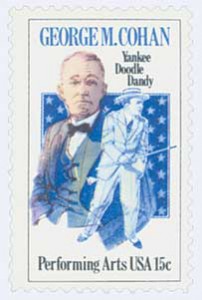
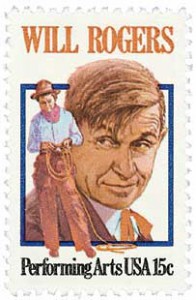
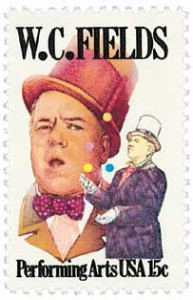
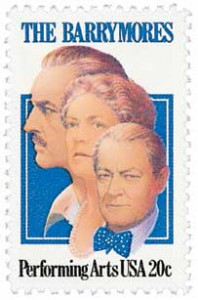

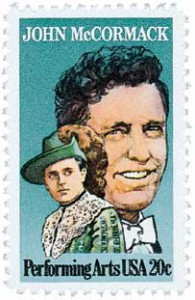
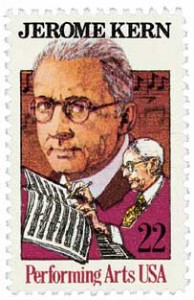
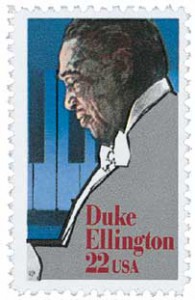
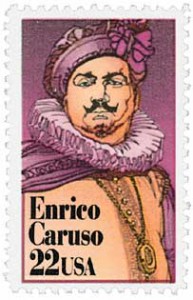



George M. Cohan was not awarded a Congressional Medal of Honor, he was bestowed a Congressional Gold Medal. They are different. The Medal of Honor is award to military personnel for exceptional bravery and heroism on the field. Whereas, the Gold Medal is a civilian honor. The Congressional Gold Medal and Presidential Medal of Freedom carry the same level of prestige.
Anyone notice that Enrico Caruso is #2250 not 2550??? LOL
The Performing Arts Series of stamps had a stamp for everyone’s like because of the diversity of different Arts presented. My favorite was W. C. Fields.
Loved the stamps and the informed article.
As a retired teacher/musician this series is of supreme interest to me. Great job.
Sad to see only one person of color.